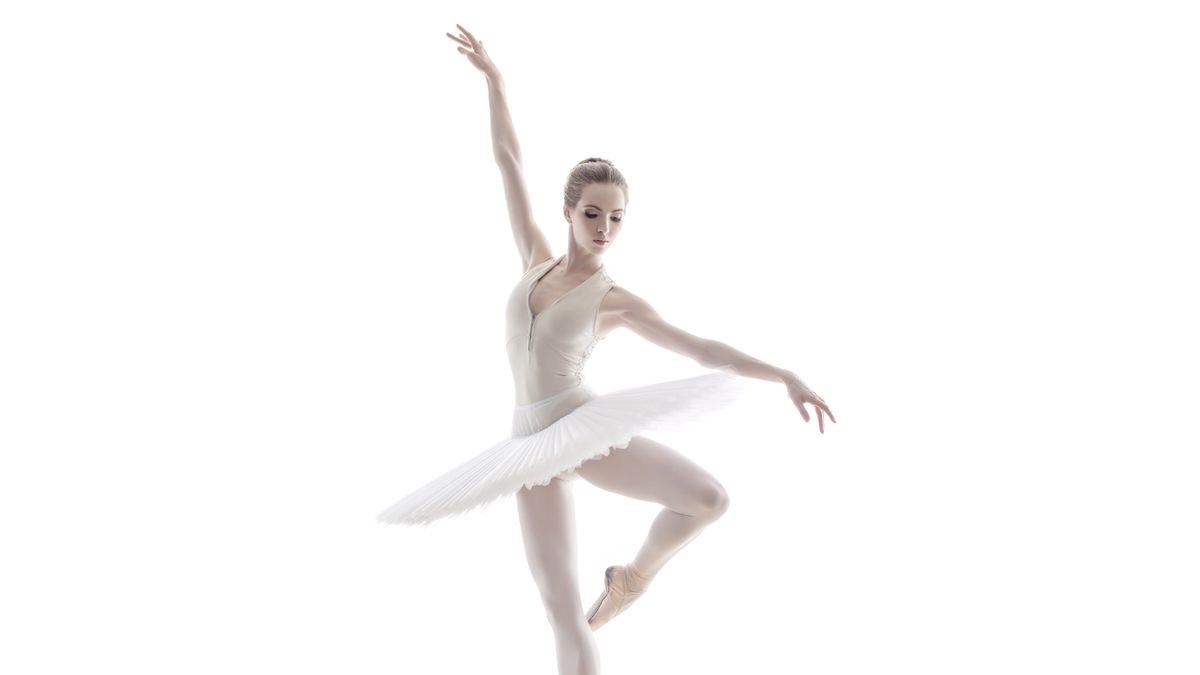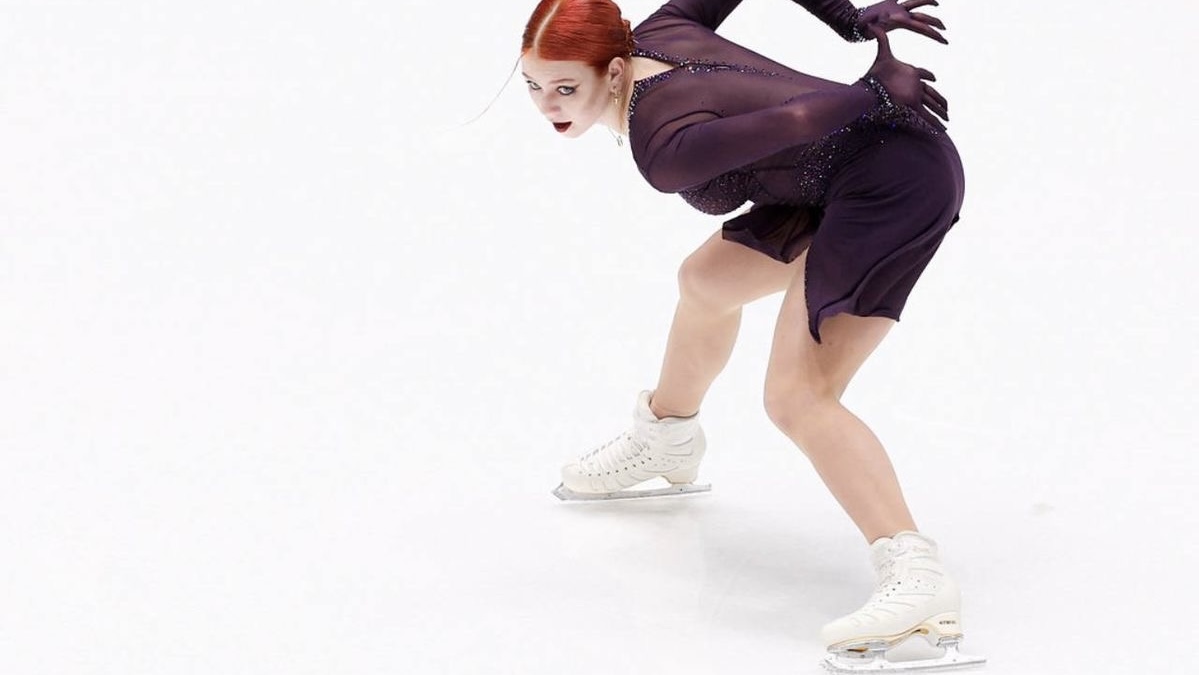January 15, 2025
Alexandra Trusova Expecting a Child
May 19, 2025

Ballet’s captivating grace masks the rigorous journey to professional success, demanding years of dedicated training and physical discipline. Aspiring ballerinas often ask when to start and how long it takes to achieve milestones like joining a professional company or earning leading roles. A 2019 Journal of Sports Sciences study suggests elite performers need 10,000 hours of focused practice, highlighting ballet’s challenging path. This article examines the typical starting ages for professional ballerinas, the timeline to significant achievements, and key factors driving success, offering insights from real-world examples to guide dancers and their families.
Most professional ballerinas begin training between ages 5 and 8, as early practice fosters the flexibility, strength, and coordination essential for ballet’s technical requirements. A 2018 Journal of Dance Medicine & Science study notes that training before puberty improves joint mobility by 12%, aiding advanced techniques. Introductory classes for ages 3–5 focus on movement and rhythm but aren’t critical for professional success. Serious training typically starts at age 8, when the body is ready for technical demands, per a 2018 LiveAbout report.
Late starters can still succeed with intense commitment. Misty Copeland, a principal dancer with a major American company, began at 13 and joined a professional troupe by 19, achieving this in six years through rigorous training. David Zurak, starting at 23, became a professional dancer, showing that dedicated programs can support outliers. Late beginners need 20–25 weekly training hours to catch up, compared to 8–15 hours for younger dancers.
Key Insight: Starting at 5–8 offers a technical advantage, but driven dancers beginning at 11–13 can reach professional levels with focused effort. Aim for 2–3 weekly classes at ages 5–8, increasing to 5–6 by age 12.
On average, it takes 8–10 years of training to join a ballet company, typically as an apprentice at ages 17–19. A dancer starting at age 8 may reach this milestone by 16–18, while one beginning at 12 might need until 20–22. The 10,000-hour rule, per Dr. K. Anders Ericsson, equates to 21 hours weekly over 9 years, aligning with dancers turning professional at 18 if they start at 9. Major achievements, like leading roles, often come 5–10 years after joining a company, around ages 22–28, depending on talent and opportunities.
A 2020 Journal of Strength and Conditioning Research study found that dancers training 20+ hours weekly progress 15% faster in technical skills than those training less. However, excessive training before age 14 raises injury risk by 10%, emphasizing the need for balanced schedules.
Key Insight: Expect 8–10 years to join a company, with leading roles 5–10 years later. Train 15–25 hours weekly by age 12, incorporating technical and complementary classes, to progress safely.
Several factors shape how quickly ballerinas achieve results:
Example: Misty Copeland’s six-year journey from beginner to professional underscores the impact of dedication, quality instruction, and seizing audition opportunities, despite starting late.
Professional ballerinas typically start training at 5–8, joining companies after 8–10 years and earning leading roles by their mid-20s, though late starters like Misty Copeland prove dedication can overcome timelines. Quality instruction, physical attributes, and mental resilience drive progress, with 15–25 weekly hours by age 12 fueling major milestones. Aspiring dancers should begin with 1–2 weekly classes, increase intensity gradually, and seek advanced training by 12–14. Copeland’s story shows that passion and persistence can lead to stardom, whether starting at 5 or 13. Commit to disciplined training, embrace challenges, and let ballet’s artistry guide you to the spotlight.
By Vitalina Andrushchenko, Staff Writer

January 15, 2025
Alexandra Trusova Expecting a Child

December 26, 2024
2025 World Junior Championship Schedule

April 05, 2025
Alexandra Trusova and Makar Ignatov Reveal the Gender of Their Future Child